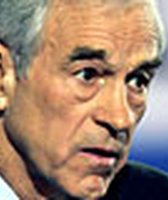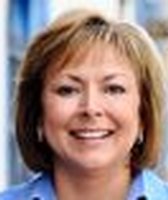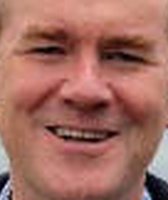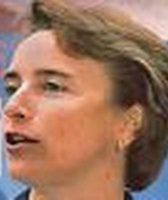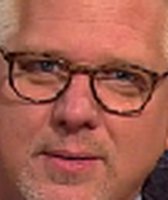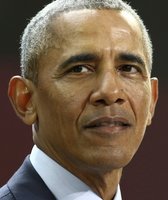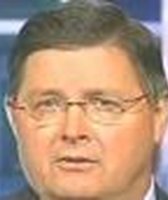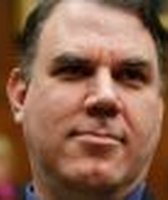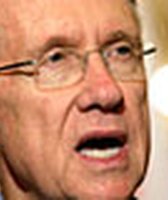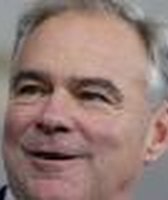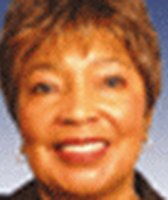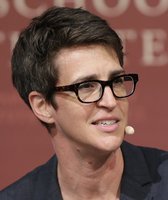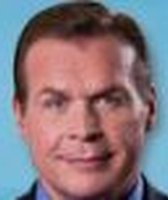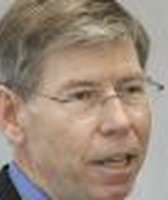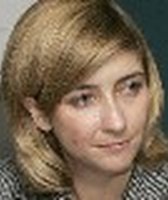Stand up for the facts!
Our only agenda is to publish the truth so you can be an informed participant in democracy.
We need your help.
I would like to contribute
Ron Paul claims money supply has doubled
Joining the chorus of critics of Washington's handling of the economy, Rep. Ron Paul used a Jan. 26, 2010, column on his Web site to criticize the Federal Reserve:
"We have been on a disastrous course for a long time. The money supply has doubled in the last year, our debt is unsustainable, the value of the dollar is going to continue its drop, and those Americans who understand where we are headed feel helpless and held hostage by foolish policymakers in Washington," wrote Paul, a Texas Republican who ran for president in 2008.
We were intrigued by his claim that the "money supply has doubled in the last year," a statement Paul has made before in editorials and speeches on the House floor.
The money supply is the total amount of money that is available in the economy at any given point. Some economists focus on it because of theories that a larger supply can lead to long-term inflation.
There are several ways to measure it (and they sound like the names of British spy agencies): M1, M2 and M0.
M1 consists primarily of general currency (i.e., cash in your wallet) and checking accounts. In December 2009, M1 was $1.7 trillion.
M2 is more inclusive: it includes all of the money counted under M1, plus savings accounts. In December 2009, M2 was $8.5 trillion.
We started by looking at changes in M1 and M2. From January to December 2009, M1 increased 7.6 percent, while M2 grew by about 2.8 percent -- far short of the doubling Paul claimed.
We contacted Paul's office to ask about the source of his claim. A spokeswoman directed us to a chart of bank reserves and the monetary base (which is known as M0) over the past two years. And this is where things get a little tricky.
M0, just like M1 and M2, can be used as a measure of the money supply. It consists of the currency in circulation, the money stored in bank vaults, and commercial bank deposits with the Federal Reserve. One economist told us it is "the raw material for the money supply."
From January to December 2009, M0 grew by 19 percent. But in a slightly longer period that includes the fall 2008 response to the economic crisis, it grew by 139 percent.
What accounts for the large discrepancies? Robert Barro, a Harvard University economist, told us that M1 and M2 experienced a much slower growth due to the "very large increase in holdings of excess reserves by financial institutions." In other words, although there is technically more money in the economy, the banks haven't been lending that money, and have instead been storing it as reserves. Because M0 counts reserves while M1 does not, it follows that M0 has been booming, while M1 is only slowly tagging along.
According to Barro, Paul's argument "is correct in spirit but not quite right on the details."
Indeed, although there is some debate about this in economic circles (we're reminded of the old joke that economics is the only field where two people can get a Nobel Prize for saying exactly the opposite thing), two economists that we spoke with -- Allan Meltzer from Carnegie Mellon University and Iwan Azis from Cornell University -- told us that economists generally measure money supply with M1 or M2, not M0. And if you want to check the money supply on the Web site for the Federal Reserve Bank of New York, it is measured by M1 and M2.
George Selgin, a professor of economics at the Terry College of Business at the University of Georgia, also agreed that M1 and M2 are more useful measurements of the money supply than M0. He added that although a doubling of the monetary base "is, in fact, very significant," it does not mean that the money supply has doubled.
To review. Paul said that the money supply has doubled over the past year. But that's not the case if we rely on M1 and M2, the measurements economists generally use when they talk about the supply. Paul's claim is based on the M0 -- the monetary base and bank reserves -- which did increase significantly due to explosive growth in the reserves. But most economists do not rely on it as much as they do on the other two.
So we find the statement to be Barely True.
Editor's note: This statement was rated Barely True when it was published. On July 27, 2011, we changed the name for the rating to Mostly False.
Our Sources
RonPaul.com, Legalize competing currencies, Jan. 26, 2010
Federal Reserve, Statistical Release: H6, Money Stock Measures, Jan. 28, 2010.
Federal Reserve, Statistical Release: H3, Aggregate Reserves of Depository Institutions and the Monetary Base, Nov. 6, 2008.
Federal Reserve, Statistical Release: H3, Aggregate Reserves of Depository Institutions and the Monetary Base, Jan. 28, 2010.
Matthias Doepke, Money and Inflation, Accessed Feb. 3, 2010.
AmosWeb Encyclopedia, Monetary Base, Accessed Feb. 3, 2010.
Email interview with Robert Barro, Harvard University Department of Economics, Feb. 3, 2010.
Email interview with Iwan Azis, Cornell University Department of Economics, Feb. 3, 2010.
Email interview with Allan Meltzer, Carnegie Mellon University, Feb. 5, 2010.
Email interview with George Selgin, The University of Georgia, Feb. 5, 2010.
Browse the Truth-O-Meter
More by Lukas Pleva
Ron Paul claims money supply has doubled
Support independent fact-checking.
Become a member!
In a world of wild talk and fake news, help us stand up for the facts.

